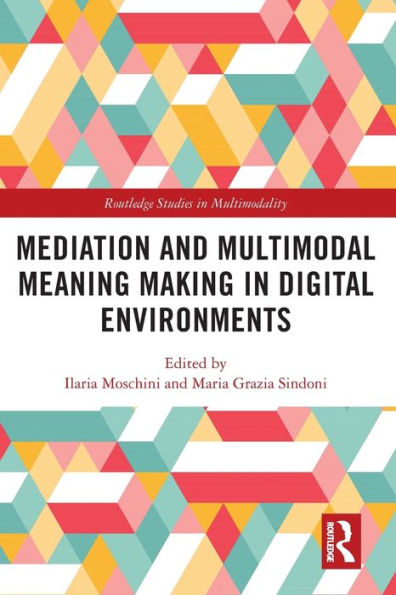Home
Exploration and Meaning Making in the Learning of Science
Barnes and Noble
Loading Inventory...
Exploration and Meaning Making in the Learning of Science in Franklin, TN
Current price: $169.99

Barnes and Noble
Exploration and Meaning Making in the Learning of Science in Franklin, TN
Current price: $169.99
Loading Inventory...
Size: OS
Mountaineers, Rock Climbers, and Science Educators Around the 1920s, rock climbing separated from mountaineering to become a separate sport. At that time European climbers developed new equipment and techniques, enabling them to ascend mountain faces and to climb rocks, which were considered unassailable up to that time. American climbers went further by expanding and improving on the equipment. They even developed a system of quantification where points were given for the degree of difficulty of an ascent. This system focused primarily on the pitch of the mountain, and it even calculated up to de- mals to give a high degree of quantification. Rock climbing became a technical system. Csikszentmihaly (1976) observed that the sole interest of rock climbers at that time was to climb the rock. Rock climbers were known to reach the top and not even glance around at the scenery. The focus was on reaching the top of the rock. In contrast, mountaineers saw the whole mountain as a single “unit of perc- tion. ” “The ascent (to them) is a gestalt including the aesthetic, historical, personal and physical sensations” (Csikszentmihaly, 1976, p. 486). This is an example of two contrasting approaches to the same kind of landscape and of two different groups of people. Interestingly, in the US, Europe, and Japan a large segment of the early rock climbers were young mathematicians and theoretical physicists, while the mountaineers were a more varied lot.
Mountaineers, Rock Climbers, and Science Educators Around the 1920s, rock climbing separated from mountaineering to become a separate sport. At that time European climbers developed new equipment and techniques, enabling them to ascend mountain faces and to climb rocks, which were considered unassailable up to that time. American climbers went further by expanding and improving on the equipment. They even developed a system of quantification where points were given for the degree of difficulty of an ascent. This system focused primarily on the pitch of the mountain, and it even calculated up to de- mals to give a high degree of quantification. Rock climbing became a technical system. Csikszentmihaly (1976) observed that the sole interest of rock climbers at that time was to climb the rock. Rock climbers were known to reach the top and not even glance around at the scenery. The focus was on reaching the top of the rock. In contrast, mountaineers saw the whole mountain as a single “unit of perc- tion. ” “The ascent (to them) is a gestalt including the aesthetic, historical, personal and physical sensations” (Csikszentmihaly, 1976, p. 486). This is an example of two contrasting approaches to the same kind of landscape and of two different groups of people. Interestingly, in the US, Europe, and Japan a large segment of the early rock climbers were young mathematicians and theoretical physicists, while the mountaineers were a more varied lot.

















